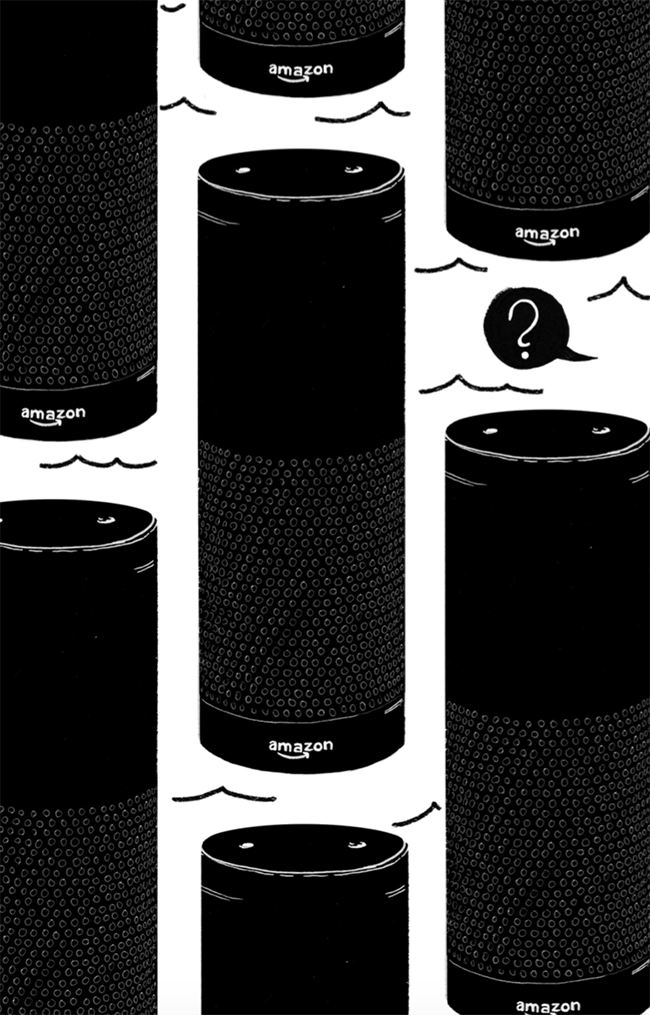ZEITGUIDE TO VOICE

The new Echo Show marks a big change for Amazon’s most successful bit of hardware. The “voice” device now has a touch screen. So that means it can display the product you’re ordering from Amazon Prime, play videos (not just songs) and make video calls to family and friends.
Put another way: it can now do things your smartphone already does. So why all the excitement?
As devices that listen for commands and talk back, Echo and Google Home represented a radical change. But for users accustomed to visual interfaces like TVs, smartphones and computers, the transition hasn’t proved as instinctive or useful as initially hoped. So while Alexa has 12,000 available skills (as the voice-activated apps are called), users have largely used their Echo as a timer (85%), music player (82%) or to get news updates (66%). So a touchscreen is a leap forward, even if it’s a step back.
To be sure, voice devices are getting better at understanding our speech. Google’s Home can now recognize different individuals in a household based on their voice, and it will then tailor its responses to that person. Indeed, understanding users is just as important as deciphering words when it comes to delivering useful information. Voice queries are typically seeking one specific thing, not the list of results search engines deliver.
With a grip on about 70% of the market, Echo has been the leader among these “ambient computing” devices. Amazon’s primary competitor in this space has been Google’s Home device, but more is on the way with the Invoke from harman/kardon, running on Microsoft’s Cortana.
Rumors of a device coming from Apple powered by Siri persist. To date, Apple’s efforts toward an always-on voice assistant have meant building Siri functionality in its other devices, including computers, Apple TVs and even AirPods. The thinking seems to be: Why, after all the effort to make a useful voice assistant, would you confine it to living on your kitchen counter?
Apple’s assessment may prove right in the long run. In-home devices are a bridge to what computing will ultimately be: always-on, ambient and cognitive.
